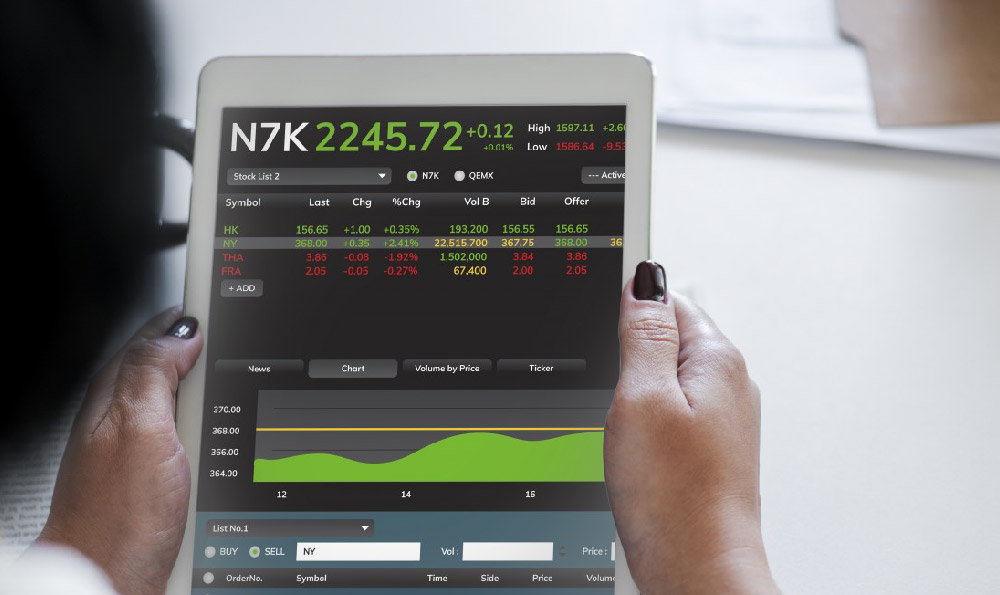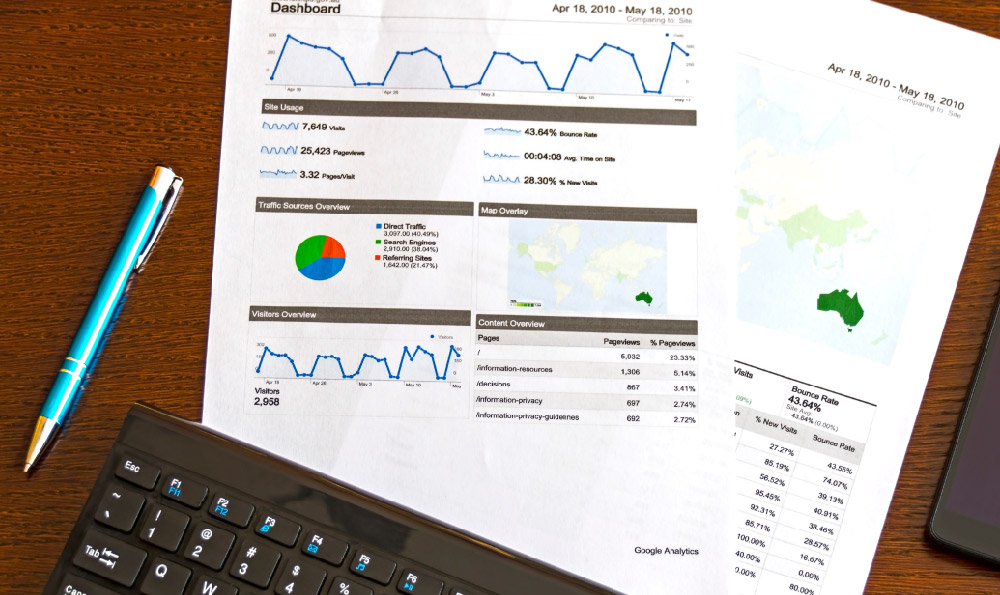DoorDash, as one of the leading players in the on-demand food delivery sector, has demonstrated a unique ability to blend technology with traditional commerce, creating a business model that has attracted significant attention from investors and entrepreneurs alike. Its profitability, however, is not a straightforward equation. To understand whether DoorDash is a viable business proposition, it's essential to dissect its revenue streams, evaluate its financial performance across different markets, and consider the broader economic and competitive landscape that shapes its trajectory.
At the core of DoorDash's business lies its platform's efficiency in connecting local restaurants with consumers through a network of delivery drivers. This model relies heavily on a dynamic algorithm that optimizes route planning, ensuring that orders are fulfilled with minimal time and cost. The company generates revenue primarily through transaction fees, which are typically a percentage of the order value, and through subscription services that provide restaurants with access to premium features such as advanced analytics and marketing tools. Additionally, DoorDash has expanded into advertising, offering brands a way to reach local customers through targeted promotions on the app. These diversified income sources have allowed the company to weather fluctuating market conditions and maintain a steady growth rate, but the question remains whether they are sufficient to ensure consistent profitability.
Analyzing DoorDash's financial performance reveals a story of rapid expansion and evolving profitability. In recent years, the company has reported year-over-year revenue growth, driven by increasing consumer adoption of digital ordering and the expansion of its restaurant partnerships. However, profitability is often a lagging indicator, and many of its financial metrics reflect the costs associated with scaling operations, such as driver compensation, technology development, and marketing expenditures. The company's gross loss margin, for instance, has been a point of concern as it invests heavily in infrastructure to support its growing user base. This suggests that while DoorDash is generating substantial revenue, it has yet to achieve sustained profitability, a trend that is not uncommon in the early stages of a high-growth sector.

The role of geography in DoorDash's profitability cannot be overlooked. The company has successfully expanded into multiple markets, including the United States, Canada, and the United Kingdom, tailoring its services to local consumer preferences and regulatory environments. In some regions, such as the U.S., DoorDash has achieved a dominant market share in specific cities, while in others, it faces fierce competition from established rivals. This geographic diversification has mitigated the risk of over-reliance on any single market, but it has also introduced complexities in managing operational costs and ensuring profitability across different regions. For instance, labor costs in the U.S. may be higher compared to Canada, where the company has been more aggressive in scaling its operations.
Another critical factor influencing DoorDash's profitability is its relationship with restaurants. The company operates on a model where restaurants pay a commission for each delivery, which means its performance is closely tied to the health of the restaurant industry. During periods of economic downturn, such as the pandemic, many restaurants faced financial strain, which indirectly affected DoorDash's revenue. Conversely, in times of growth, the expansion of the food delivery market has provided DoorDash with new opportunities to increase its share of the pie. The company's ability to adapt to changing market conditions, such as the rise of ghost kitchens or the shift toward contactless delivery, has also been a key driver of its long-term viability.
From an investor's perspective, DoorDash's profitability also depends on its ability to balance user acquisition costs with revenue generation. As the company grows, the cost of acquiring new customers may rise, which requires careful management of its marketing budget. DoorDash has shown a marked ability to innovate in this area, leveraging data analytics to improve customer retention and optimize its marketing spend. This suggests that while the company faces challenges in maintaining profitability, its strategic approach to cost control and customer engagement offers a pathway to long-term stability.
The company's expansion into new services, such as grocery delivery and retail partnerships, has further complicated its profitability equation. While these moves have broadened its revenue base, they have also introduced new operational challenges. The success of these ventures depends on DoorDash's ability to integrate them seamlessly into its existing infrastructure and ensure they generate enough revenue to offset the additional costs. For instance, the company's venture into grocery delivery has been met with mixed results, indicating that profitability is not guaranteed simply by expanding into new markets.
Ultimately, DoorDash's profitability as a business hinges on its ability to navigate the complexities of the on-demand economy. While it has demonstrated strong revenue growth and a resilient business model, the path to consistent profitability remains a work in progress. Investors and entrepreneurs considering DoorDash must weigh the potential rewards against the inherent risks, including market saturation, regulatory challenges, and the volatility of the restaurant industry. The company's future profitability will likely depend on its ability to innovate, adapt to changing consumer preferences, and maintain a balance between growth and operational efficiency.












